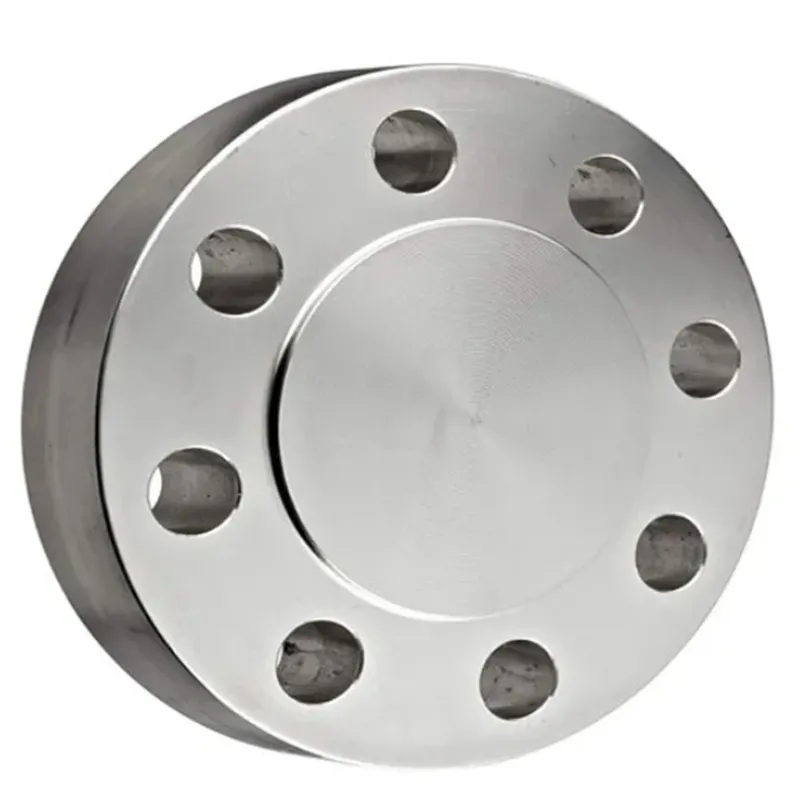-
Cangzhou Yulong Steel Co., Ltd.
-
Phone:
+86 13303177267 -
Email:
admin@ylsteelfittings.com
- English
- Arabic
- Italian
- Spanish
- Portuguese
- German
- kazakh
- Persian
- Greek
- French
- Russian
- Polish
- Thai
- Indonesian
- Vietnamese
- Zulu
- Korean
- Uzbek
- Hindi
- Serbian
- Malay
- Ukrainian
- Gujarati
- Haitian Creole
- hausa
- hawaiian
- Hebrew
- Miao
- Hungarian
- Icelandic
- igbo
- irish
- Japanese
- Javanese
- Kannada
- Khmer
- Rwandese
- Afrikaans
- Albanian
- Amharic
- Armenian
- Azerbaijani
- Basque
- Belarusian
- Bengali
- Bosnian
- Bulgarian
- Catalan
- Cebuano
- China
- China (Taiwan)
- Corsican
- Croatian
- Czech
- Danish
- Esperanto
- Estonian
- Finnish
- Frisian
- Galician
- Georgian
- Kurdish
- Kyrgyz
- Lao
- Latin
- Latvian
- Lithuanian
- Luxembourgish
- Macedonian
- Malgashi
- Malayalam
- Maltese
- Maori
- Marathi
- Mongolian
- Myanmar
- Nepali
- Norwegian
- Norwegian
- Occitan
- Pashto
- Dutch
- Punjabi
- Romanian
- Samoan
- Scottish Gaelic
- Sesotho
- Shona
- Sindhi
- Sinhala
- Slovak
- Slovenian
- Somali
- Sundanese
- Swahili
- Swedish
- Tagalog
- Tajik
- Tamil
- Tatar
- Telugu
- Turkish
- Turkmen
- Urdu
- Uighur
- Welsh
- Bantu
- Yiddish
- Yoruba

Nov . 29, 2024 23:44 Back to list
Welding Techniques for Large Pipe Projects and Their Applications
Welding Big Pipes Techniques, Challenges, and Innovations
Welding large-diameter pipes is a critical process in various industries, including oil and gas, water supply, and sewage systems
. These pipes are essential for transporting fluids and gases over long distances. However, welding big pipes comes with its own set of challenges that require specialized techniques and equipment to ensure strong, durable joints.One of the primary techniques used in welding large pipes is the SMAW (Shielded Metal Arc Welding) process, often referred to as stick welding. This method is particularly advantageous in outdoor environments where wind and weather can disrupt other welding processes. SMAW is versatile and can be applied to various positions, making it ideal for the complex angles often encountered with large pipes. For thicker materials, another common technique is GTAW (Gas Tungsten Arc Welding), known for producing high-quality, precise welds. However, GTAW is generally more time-consuming and requires skilled operators.
In addition to these methods, modern industries are increasingly adopting automated and semi-automated welding systems. These systems utilize advanced technology such as robotics and computer-controlled machinery to perform welds with high consistency and speed. Using automation in large pipe welding not only enhances productivity but also reduces the risk of human error, an essential consideration given the critical nature of these pipelines in maintaining safety and functionality.
Despite advancements in welding technology, several challenges remain when dealing with large pipes. One significant issue is the potential for distortion during the welding process. The heat generated can cause the pipe material to expand unevenly, leading to warping and misalignment. To mitigate this, welders often employ preheating techniques that help control the temperature during welding, reducing the risk of distortion.
welding big pipe

Quality control is another crucial aspect of welding large pipes. The integrity of the weld is vital for preventing leaks and ensuring the longevity of the pipeline. It is common practice to conduct non-destructive testing methods, such as X-ray or ultrasonic testing, after the welding process to detect any internal defects that may compromise the weld’s strength.
Environmental factors also play a significant role in the welding of large pipes. For example, welding in cold weather can lead to increased brittleness in the weld metal, making it more susceptible to cracking. To counteract such issues, welders often use preheating and carefully select filler materials with characteristics suited to the specific environmental conditions.
With the ongoing evolution of welding technology, new innovations continue to emerge. For instance, the use of mobile welding units equipped with the latest technology allows for onsite repairs and modifications, reducing downtime and costs associated with transporting heavy pipes to a stationary facility.
In conclusion, welding big pipes is an essential yet complex task that requires a combination of skill, experience, and advanced technology. As industries strive for improved efficiency and safety, the development of new techniques and equipment continues to enhance the welding process. The future holds exciting possibilities, promising even more effective solutions to each challenge faced in the field of large pipe welding. As the demand for infrastructure grows, so too does the significance of mastering the art and science of welding large pipes.
Latest news
-
ANSI 150P SS304 SO FLANGE
NewsFeb.14,2025
-
ASTM A333GR6 STEEL PIPE
NewsJan.20,2025
-
ANSI B16.5 WELDING NECK FLANGE
NewsJan.15,2026
-
ANSI B16.5 SLIP-ON FLANGE
NewsApr.19,2024
-
SABS 1123 FLANGE
NewsJan.15,2025
-
DIN86044 PLATE FLANGE
NewsApr.19,2024
-
DIN2527 BLIND FLANGE
NewsApr.12,2024
-
JIS B2311 Butt-Welding Fittings LR/SR 45°/90° /180°Seamless/Weld
NewsApr.23,2024











